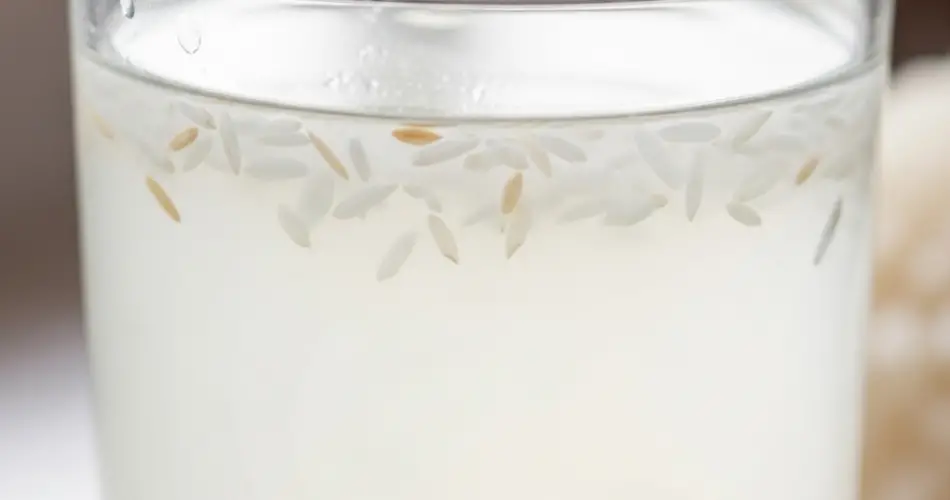In sustainable gardening, few things are as satisfying as turning kitchen or household waste into something valuable for your plants. One of the best-kept secrets among experienced growers is the use of recycled liquids to create a continuous supply of homemade, organic fertilizer—essentially, a bottomless source of nutrition for your garden.
This approach not only saves money but also reduces waste and supports healthier plant growth without the use of synthetic chemicals. Whether you’re growing vegetables, fruit trees, herbs, or ornamental plants, this method of infinite fertilization can transform the way you nourish your green space.
What Is an “Infinite Fertilizer”?
The idea is simple: instead of throwing out nutrient-rich water from your kitchen or garden processes, repurpose it to feed your plants. These liquids are full of minerals, vitamins, and organic compounds that plants crave—making them an ideal substitute for commercial fertilizers.
When used consistently and correctly, these recycled liquids create a self-sustaining loop, supplying essential nutrients to your plants again and again.
Types of Nutrient-Rich Recycled Liquids
Let’s look at the most effective and easy-to-collect liquid fertilizers you can make from everyday materials:
1. Rice Water
When rinsing or cooking rice, save the water instead of pouring it down the drain. This starchy liquid contains traces of nitrogen, phosphorus, potassium, and B vitamins, all of which benefit plant growth.
-
How to use: Let it cool, then dilute it 1:1 with clean water. Use it to water houseplants or garden beds once a week.
2. Vegetable Cooking Water
Water leftover from boiling vegetables is rich in minerals and trace nutrients, especially when you cook greens, carrots, or potatoes. Avoid adding salt or spices during cooking if you plan to reuse it.
-
How to use: Once cooled, use it directly around the base of plants or mix it into compost to boost microbial activity.
3. Aquarium Water
If you have a freshwater aquarium, the water you remove during cleaning is naturally fertilized with fish waste, which contains nitrogen and beneficial bacteria.
-
How to use: Water your garden or houseplants directly with used aquarium water. It’s especially helpful for leafy greens and potted herbs.
4. Compost Tea
By soaking mature compost in water for 24–48 hours, you can create a powerful liquid fertilizer and microbial booster.
-
How to use: Strain and use the liquid to water the soil or as a foliar spray. Use it within 24 hours for the best results.
5. Banana Peel Infusion
Banana peels are rich in potassium and phosphorus, vital for flowering and fruiting plants. Soaking peels in water creates a mineral-rich liquid.
-
How to use: Place chopped banana peels in a jar of water and let it sit for 3–5 days. Dilute the liquid 1:2 and water your fruiting plants weekly.
How to Apply These Fertilizers
To get the best results from these infinite fertilizers, follow these tips:
-
Rotate different types of liquid fertilizers to avoid nutrient imbalances.
-
Apply to moist soil to help roots absorb nutrients more efficiently.
-
Use during early morning or late afternoon to avoid leaf burn.
-
Don’t over-fertilize—too much of even natural nutrients can cause problems like root rot or fungal growth.
Ideal Plants for These Fertilizers
These liquid fertilizers are gentle enough for most garden plants and strong enough to promote healthy growth. Ideal candidates include:
-
Leafy greens like spinach, lettuce, and chard
-
Fruiting plants like tomatoes, peppers, and cucumbers
-
Herbs such as basil, oregano, and cilantro
-
Flowering ornamentals like roses, marigolds, and geraniums
-
Indoor plants including pothos, peace lilies, and ferns
Bonus Tip: How to Store Recycled Fertilizer
Most homemade liquid fertilizers should be used fresh. However, some can be stored for short periods:
-
Refrigerate rice water or banana peel infusion if not used the same day, for up to 3–4 days.
-
Keep compost tea covered in a cool, dark place and use within 24 hours to maintain microbial activity.
-
Always label your containers and avoid mixing different liquids unless you’re sure of the results.
Why This Method Matters
Reusing kitchen and garden liquids helps you:
-
Reduce water waste
-
Cut down on chemical fertilizer use
-
Lower gardening costs
-
Support organic gardening methods
-
Encourage a more sustainable lifestyle
This practice empowers you to become more self-reliant, whether you’re gardening on a balcony or managing a full vegetable patch.
Final Thoughts
Creating your own infinite fertilizer system is both easy and highly effective. With a little mindfulness and consistency, you can transform everyday waste into a valuable gardening tool—feeding your plants naturally and sustainably. These liquid fertilizers help your garden thrive while aligning with eco-friendly principles.
So next time you rinse your rice or clean out your aquarium, remember: you’re not throwing away waste—you’re preparing the next meal for your plants.



